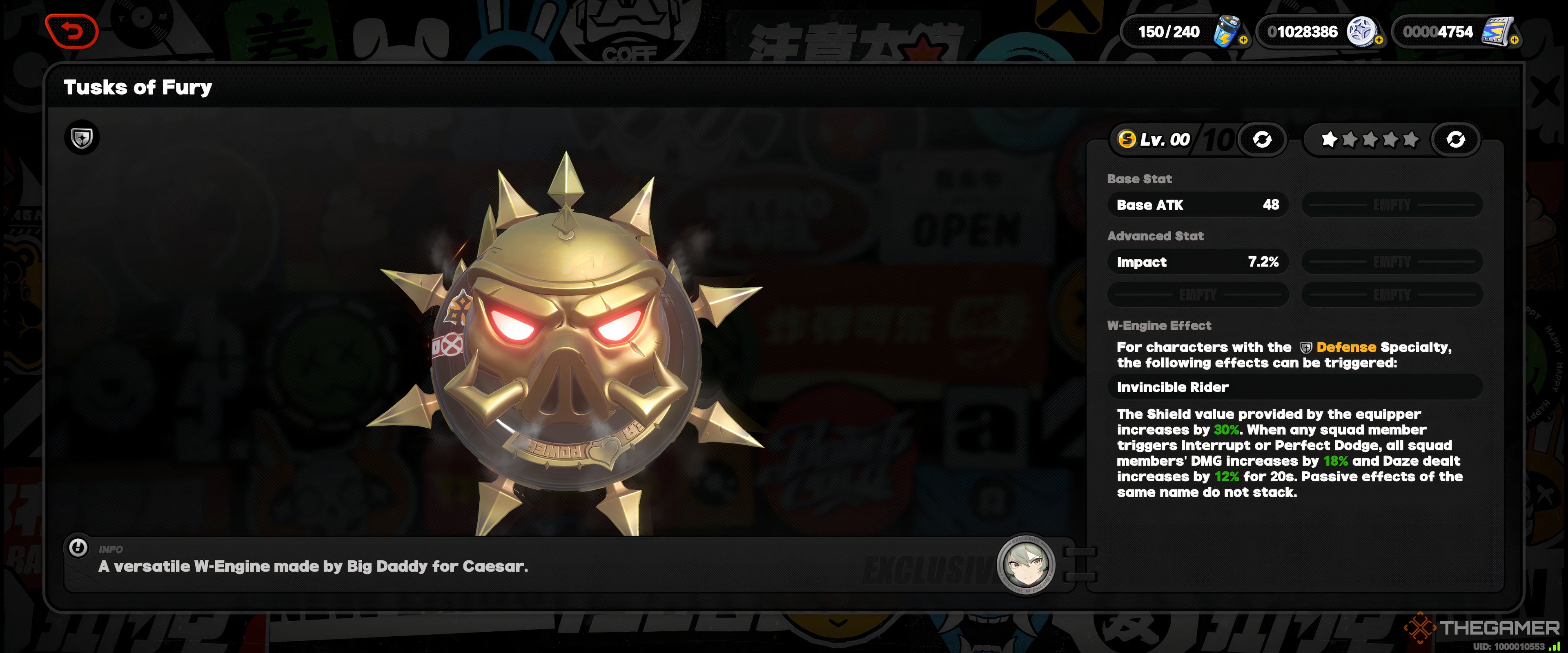
What Game Engine is Zenless Zone Zero Made In? Exploring Its Development Tools
With the release of Zenless Zone Zero on July 4, 2024, gamers worldwide have been keen to learn more about the technology behind this immersive title. Developed by miHoYo, now known as HoYoverse, Zenless Zone Zero is a semi-open-world action RPG set in a post-apocalyptic futuristic environment. One of the most crucial aspects of any video game’s development is the choice of engine, which can significantly influence gameplay mechanics, graphical fidelity, and overall player experience. In this article, we will explore the game engine used for Zenless Zone Zero and its implications for developers and players alike.
Zenless Zone Zero and Game Engines
Zenless Zone Zero is primarily developed using the Unity game engine. Unity is a popular choice among indie and large-scale developers alike due to its flexibility, user-friendly interface, and a robust suite of development tools. Unity’s rich asset store and supportive community make it an appealing platform for developers wishing to create visually stunning and engaging games without starting from scratch.
While some in the gaming community have voiced concerns about Unity’s handling of certain graphic representations, particularly Temporal Anti-Aliasing (TAA), the engine remains favored for its extensive capabilities. This has led to the game’s ability to create beautiful environments and dynamic characters that enthrall players.
The Benefits of Using Unity for Zenless Zone Zero
-
Accessibility: One of Unity’s greatest strengths is its accessibility. Developers can quickly prototype ideas and bring concepts to life, facilitating an efficient development process. This allowed the team behind Zenless Zone Zero to iterate on gameplay and narrative elements effectively.
-
Cross-Platform Support: Unity excels in creating cross-platform experiences. Zenless Zone Zero was released across multiple platforms, including Windows, iOS, Android, and PlayStation 5. Unity’s capabilities allow for a relatively seamless transition across these platforms, thus broadening the game’s reach and player base.
-
Rich Asset Store: The Unity Asset Store offers a plethora of resources that developers can leverage to enhance their games. From 3D models and animations to sound effects and scripts, these resources simplify the development process and allow the team to focus on creating unique gameplay experiences.
Zenless Zone Zero’s Development Tools and Techniques
In addition to utilizing Unity, the team at HoYoverse employed various development tools and techniques to optimize the game’s performance and enhance its graphical quality. These include:
-
Version Control Systems: As with any large-scale game development, managing changes and iterations is vital. The development team incorporated version control systems to keep track of changes, allowing multiple developers to work collaboratively without overwriting each other’s contributions.
-
Performance Optimization: Given the complexity of Zenless Zone Zero, performance optimization was crucial. Developers utilized Unity’s built-in profiling tools to monitor performance metrics and identify bottlenecks, ensuring that the game runs smoothly across all target platforms.
-
AI-Generated Content: In a recent interview, producer Li Zhenyu revealed that AI-generated content was utilized to streamline certain aspects of game development. This innovative approach allows the team to enhance the game’s narrative and world-building elements by creating diverse and engaging content more efficiently.
-
Post-Processing Effects: To elevate the game’s visuals, the developers used Unity’s post-processing stack, allowing them to apply various visual effects that enhance the atmosphere and immersion within the game world. Effects such as bloom, depth of field, and color grading play a significant role in creating the epic, immersive qualities that players experience in Zenless Zone Zero.
Community and Feedback
HoYoverse has shown a commitment to listening to community feedback, particularly regarding graphical performance and gameplay mechanics. By continuously refining their game based on player insights and utilizing advanced reporting tools in Unity, the developers aim to create a more refined final product.
Conclusion
Zenless Zone Zero stands as a remarkable example of what modern game development can achieve using the Unity engine. Its release has attracted players eager to explore its unique setting and gameplay mechanics, backed by a robust toolkit that Unity provides. Furthermore, the innovative techniques employed by HoYoverse illustrate a commitment to excellence, not only in the visual presentation but also in performance and user experience. As the gaming industry continues to evolve, the tools and technologies used in creating titles like Zenless Zone Zero will undoubtedly influence future developments. As players, understanding these underlying technologies can deepen our appreciation for the intricate art of game design.
